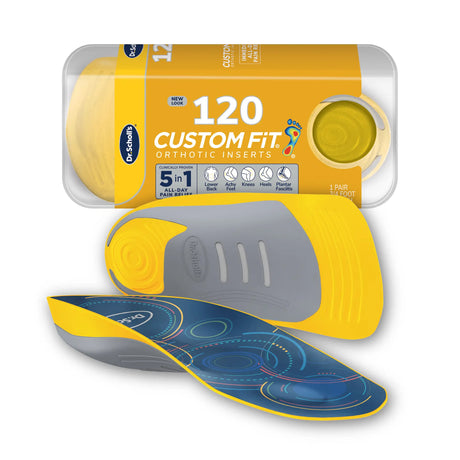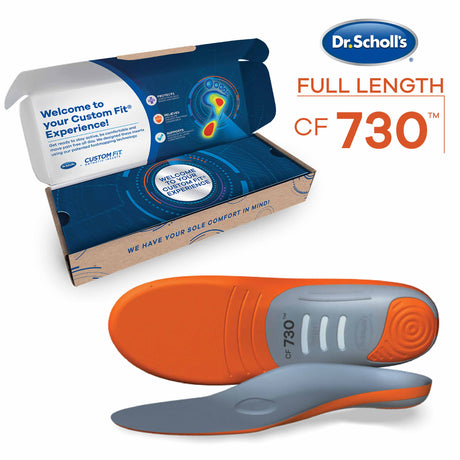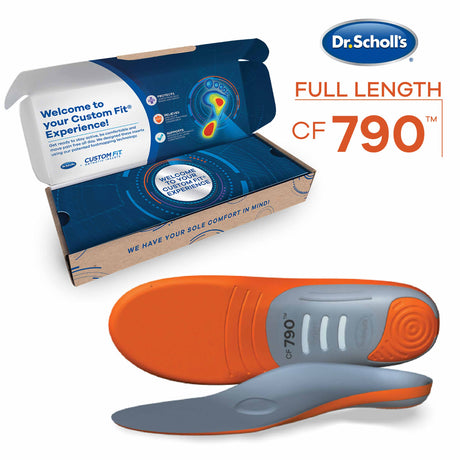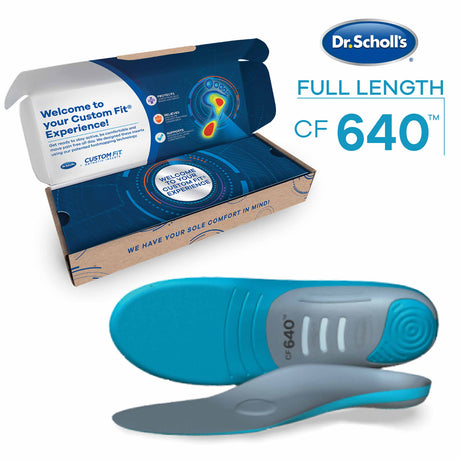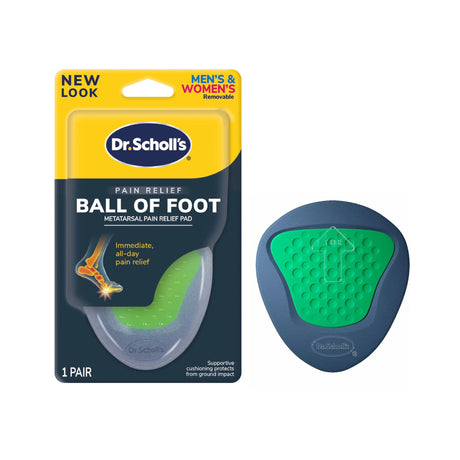Ball of Foot Problems FAQs
Economy shipping is FREE for orders over $25+!

Only a qualified healthcare professional can determine the cause of your ball of foot pain, providing a proper diagnosis. If your pain is severe or if it doesn’t resolve on its own, it’s important to see your doctor for an evaluation and treatment plan. There are several common causes of ball of foot pain (metatarsalgia), including:
• Overuse — Repeated physical activity that puts pressure on the foot can lead to ball of foot pain. It’s common for runners to experience ball of foot pain because the ball of the foot absorbs the bulk of the shock during running. Other high impact sports can also increase the risk of ball of foot pain.
• High heels — Wearing high heels causes body weight to shift forward, putting pressure on the ball of the foot. This can lead to pain.
• Morton’s neuroma — Often considered a benign tumor, Morton’s neuroma occurs when there’s a thickening of the tissue that surrounds a nerve leading to the toes. Some people feel like they have a rock in their shoe pressing against the ball of the foot.
• Being overweight — People who are overweight are more susceptible to ball of foot pain because the extra weight puts pressure on the ball of the foot.
• Arthritis — Certain types of arthritis, namely osteoarthritis and rheumatoid arthritis, increase the risk of ball of foot pain.
• Foot conditions and shapes — Certain foot conditions such as bunions, hammertoe and high arches can put extra stress on the ball of the foot, potentially leading to pain. People whose second toe is longer than their big toe also have a higher chance of experiencing ball of foot pain.
The ball of your foot is located on the sole or bottom of your foot. It’s situated above your arch but below the base of your toes.
The ball of the foot is a padded area on the sole of the foot. It’s the area between the base of the toes and the arch of the foot. The ball of the foot absorbs much of the shock that occurs during high impact activities such as running and jumping.
You can remove a callus from the ball of the foot by gradually exfoliating the layers of dead skin that form the callus. There are two methods of exfoliation: manual and chemical.
Follow these steps for manually exfoliating a callus:
1. Soak the callus in warm water for several minutes.
2. Gently file the callus with a foot file or pumice stone. Remove only a small amount of dead skin at a time. Removing too much at once can cause irritation.
3. Repeat once or twice a week until the callus is gone.
You can chemically exfoliate a callus using a treatment product containing salicylic acid. Dr. Scholl’s® Callus Removers with Hydrogel technology feature a medicated disc to soften the callus along with a cushion to relieve uncomfortable pressure from shoes. The system can remove calluses in as little as two treatments. You might also consider Dr. Scholl’s® Liquid Corn & Callus Remover, which features two different products: a medicated liquid treatment and protective cushions.
There are a number of potential causes of pain in the ball of the foot. One of the most common causes is high-impact sports such as distance running. Ball of foot pain or pain in the other metatarsals (bones of the foot) can also be caused by an unusual or uneven gait. The metatarsal heads of the foot are designed to work together. Foot pain or lower body problem can cause you to walk more on one part of the metatarsals, leading to pain.
Other potential causes include health conditions such as arthritis and Morton’s neuroma, foot deformities such as bunions and hammertoe, and certain lifestyle factors such as being overweight and wearing high heels.
See your doctor if you have unexplained pain in the ball of the foot that’s interfering with your daily activities. Your doctor can evaluate your pain, determine the cause and recommend treatment options.

